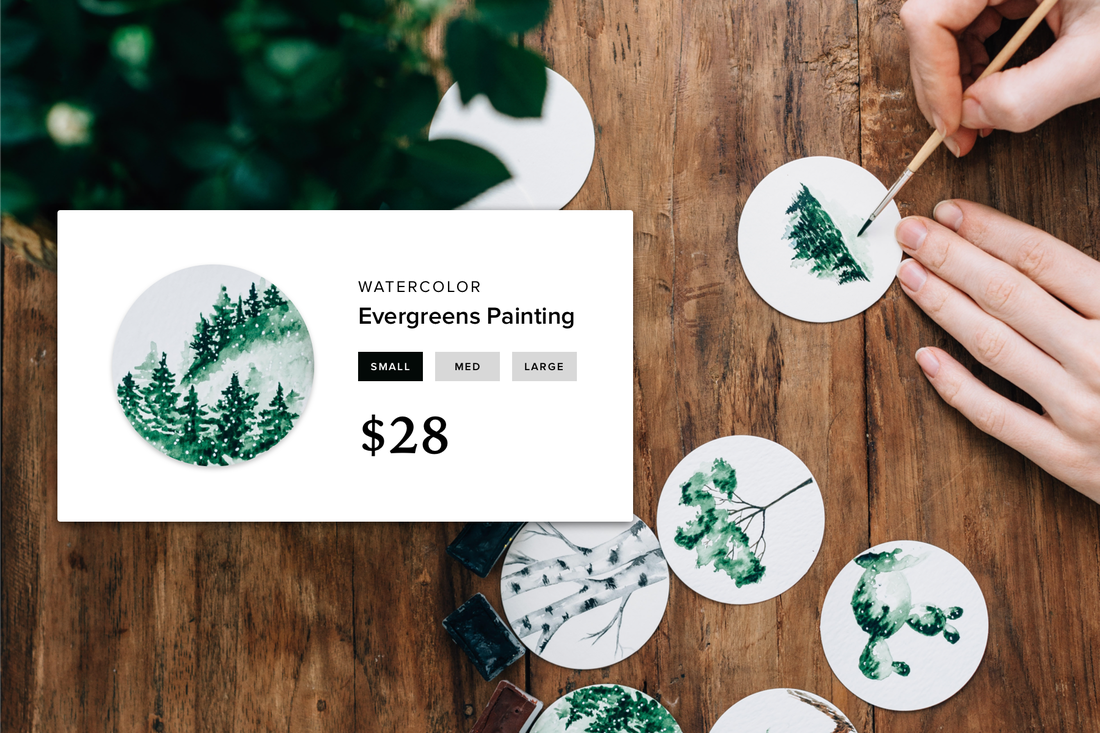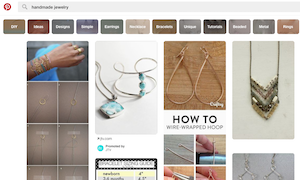Getting your idea from concept to test market as quickly as you can may sound like a great plan, but it's easier said than done — or is it? A California based company called Docking Drawer managed to get a new product from idea to market in just six weeks. A prototype approximates the actual product to test it with real users, and the quicker you build and test your idea, the sooner you determine if your idea is viable. Getting it done quickly will help you figure out how to save time and money.
The Idea
Inventions are derived to solve problems. Scott Dickey, founder and creator of Docking Drawer, solved a problem during his home's kitchen remodel. His wife asked him to figure out a way to put four outlets in a drawer, so each family member could have a charging station for their technology, allowing for clutter-free counters. Dickey, an engineer by trade, used his knowledge and training to make the first prototype for the docking drawer for his own kitchen. His wife was so impressed with the results she suggested that he sell them. Thus, Docking Drawer was born.
Use What You Have
Dickey started laying out his plans. The second prototype was built using parts that were available through suppliers. Once he had the design of the product to his liking, he worked with another engineer on how to make a purpose-built charging outlet that would pass inspections and be UL listed. That process took a month to get the first mass- producible prototype built. A month after that, Docking Drawer was on the market. How did they get it done so fast?
Have a Solid Plan
Even though Dickey was an engineer, he did employ other engineers to fine-tune his first prototype. His company then built the initial mass-market prototype using pieces they manufactured themselves. They also used SOLIDWORKS, a 3D modeling software to draw up a mockup, then a local prototyping company to build all the parts and pieces. That allowed Dickey and his company to rapidly prototype and get his product ready for testing.
Market Testing
Dickey built his Docking Drawer prototype quickly because he planned to market test his new product at the kitchen and bath industry's largest trade show called KBIS. Even before the first prototype was finished, he committed to a booth at this trade show. At KBIS, he could gage market interest and the demand for his product. This proved to be the magic moment for Docking Drawer — it exposed the concept to hundreds of customers in one spot.
Tips for Success
“If you have a great idea, the first thing you must do is get your idea in front of a large audience," advised Paul Hostelley, business manager of Docking Drawer. Hostelley said that they saw hundreds of people and engaged in hundreds of conversations over the course of three days at the KBIS. The trade show allowed them to get great feedback, and helped set the direction. He said an investment in a trade show is worth the cost. “You're going to quickly figure out what you have right and what you have wrong, and what needs fixing."
Plan for Growth
Docking Drawer has sold thousands of units since they began three years ago. They use the same process to develop new products in the line. Currently, Docking Drawer is on its fourth version for the U.S. and a second version for Europe and Australia. With a rapidly-growing company, Hostelley said that one of the main reasons that Docking Drawers selected Weebly as an online platform is because they could change the website so easily and quickly.
Getting your product to market quickly and being successful is every entrepreneur's dream. For Docking Drawer, it worked for them to solve a problem with the idea, start by using supplies that were readily available, bring in other people for fine-tuning, build the prototype from there, find ways to get the idea and prototype in front of large audiences, and plan for growth. These insider tips from Docking Drawers can help with your development process and save you time and money during your own prototyping process.
Getting your product to market quickly and being successful is every entrepreneur's dream. For Docking Drawer, it worked for them to solve a problem with the idea, start by using supplies that were readily available, bring in other people for fine-tuning, build the prototype from there, find ways to get the idea and prototype in front of large audiences, and plan for growth. These insider tips from Docking Drawers can help with your development process and save you time and money during your own prototyping process.
 Debbie Wolfe Debbie is an Atlanta based freelance writer with bylines on HGTV, DIYNetwork, Walmart.com and the co-owner of Life Simply Made Media.
Debbie Wolfe Debbie is an Atlanta based freelance writer with bylines on HGTV, DIYNetwork, Walmart.com and the co-owner of Life Simply Made Media.





